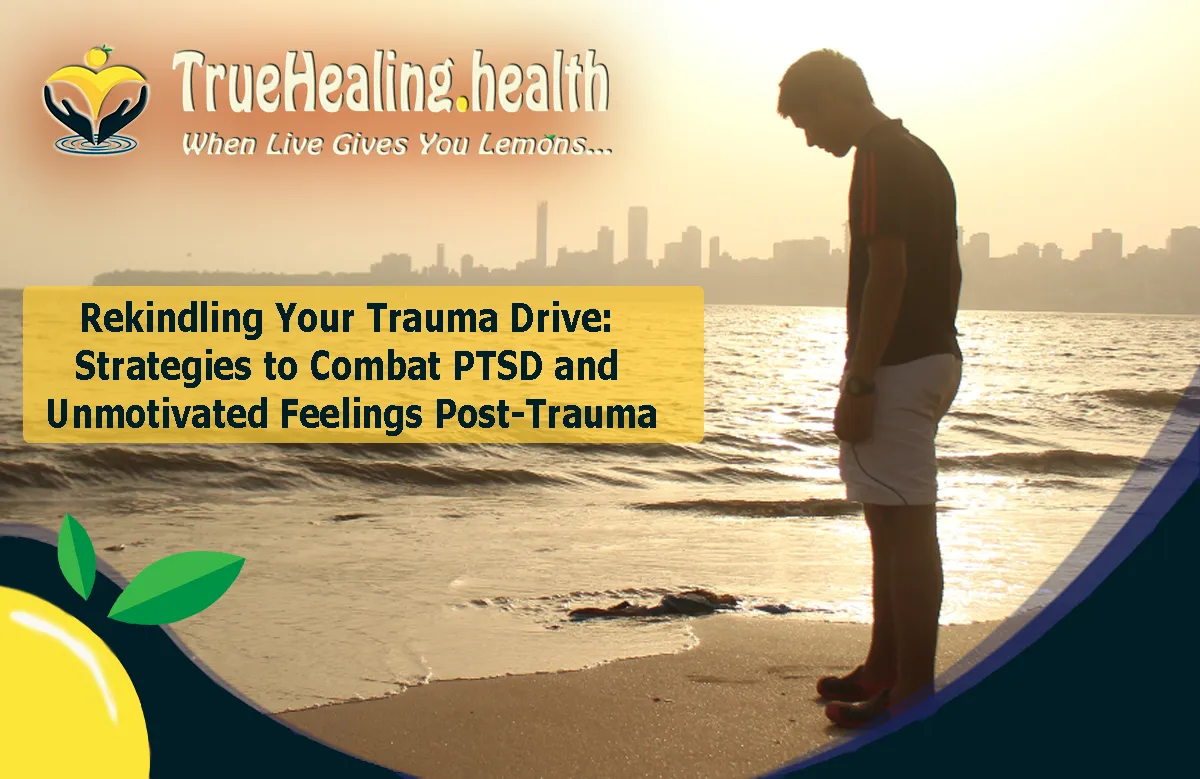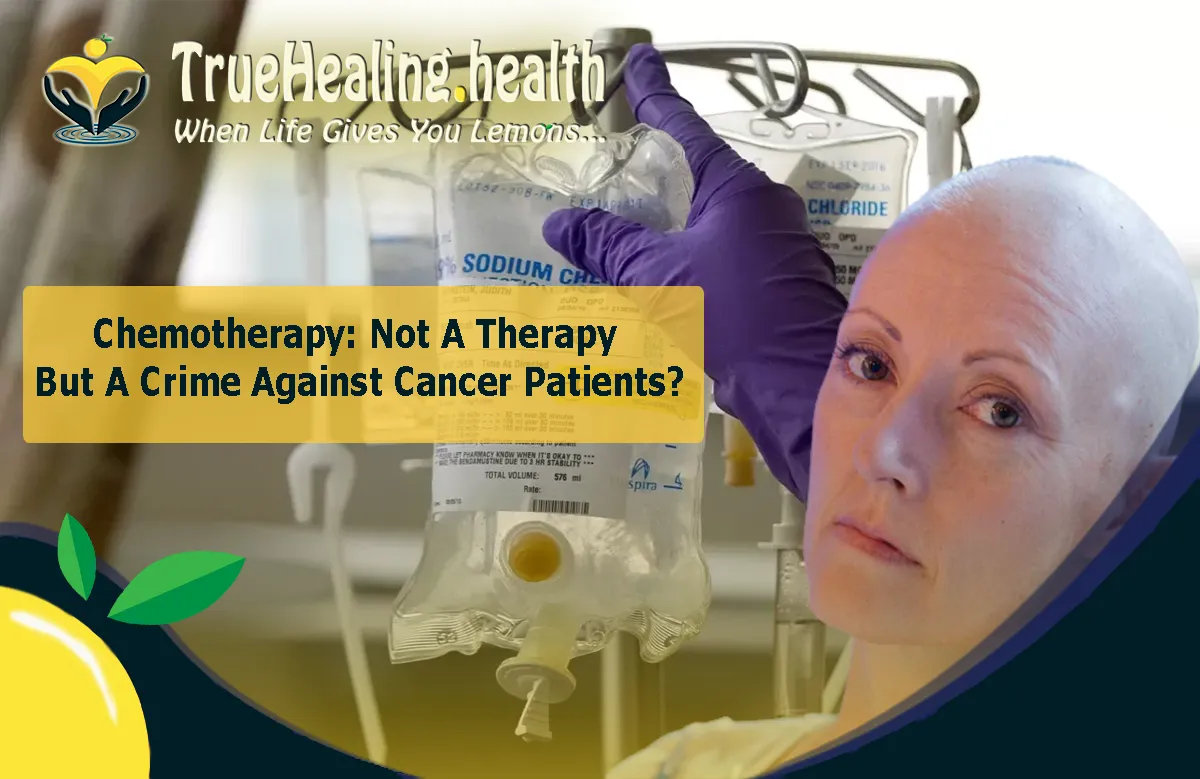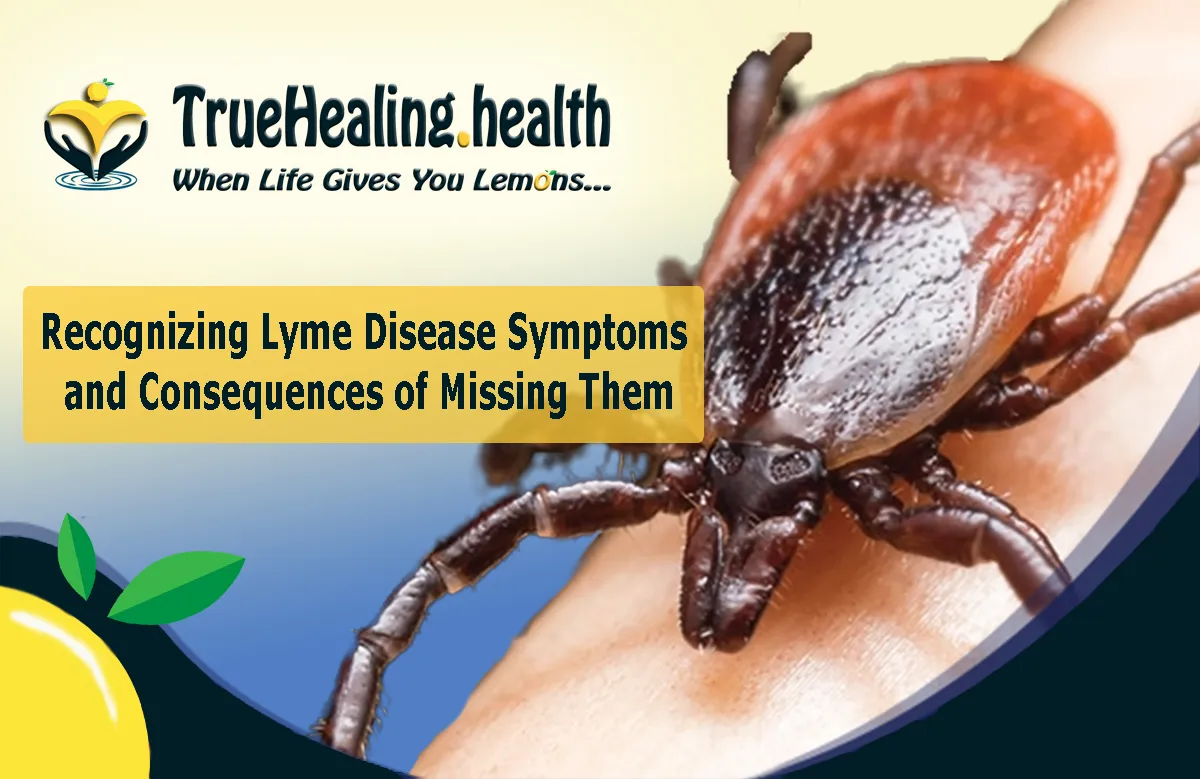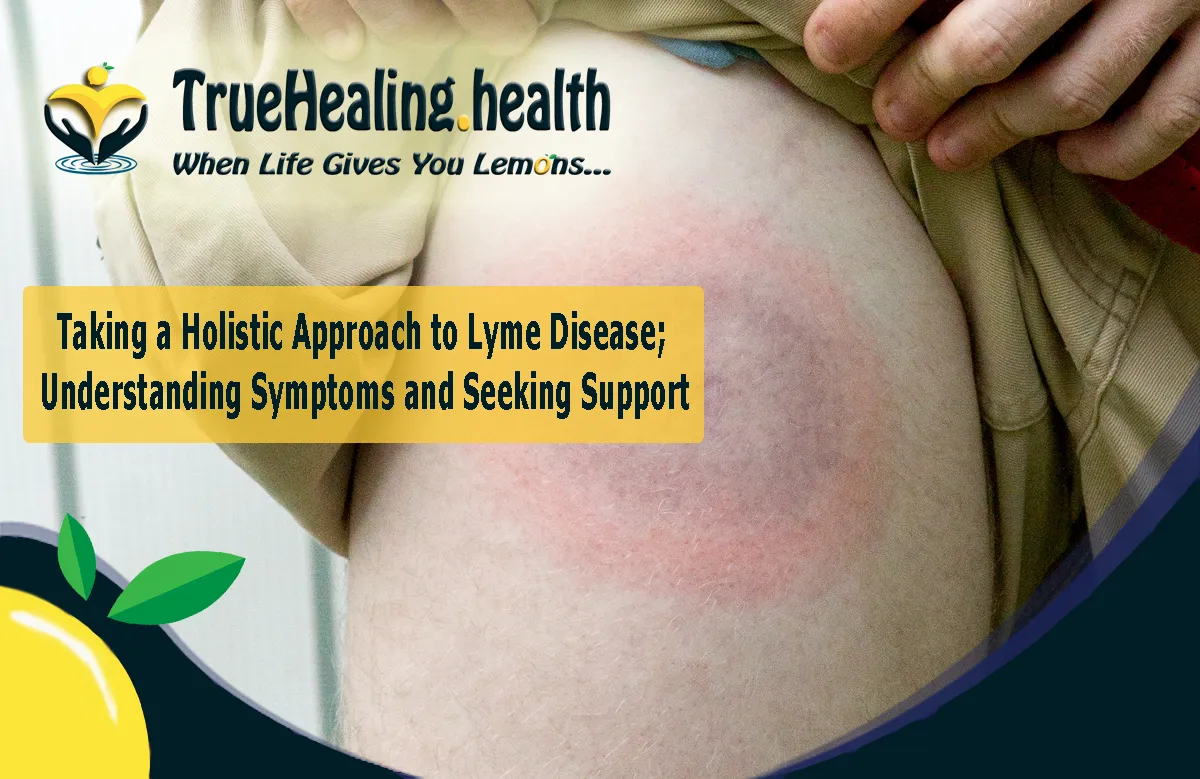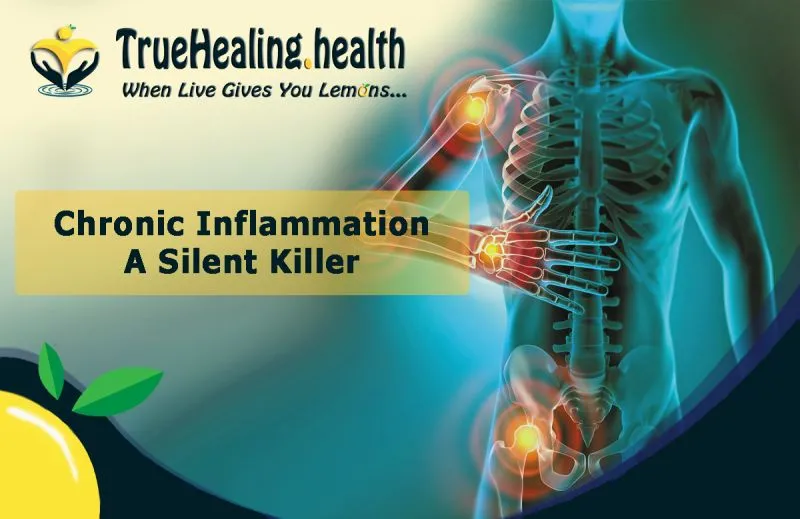Dealing With Shingles
Shingles, caused by the Herpes virus, share similarities with other Herpes-related conditions like chickenpox, genital herpes, cold sores, eye blisters, and Kaposi's sarcoma or KS.
This condition is known for its extreme pain, as the virus affects the nerve endings in the affected area. Typically, it appears on one side of the body, although cases with bilateral occurrence exist.

Warning Signal
A warning signal often precedes the outbreak, characterized by a "cold" sensation in the area. When this signal arises, applying a thick layer of the Shingles Cream is recommended; follow the Basic Wellness Program, switch off your cell phone, and rest for a day or two to regain balance and promote healing.
Personally, I have experienced shingles on my eye. The first occurrence happened when I was 11, just as my parents shared news of our upcoming move to Africa. Since then, it flared up 12 more times, usually in response to emotional or physical stressors, such as undergoing multiple general anesthesia procedures within a short period. However, at the age of 28, I learned to "control" it and have not experienced an attack since.
Shingles and Stress
Shingles often manifest when the body or mind is under stress, which impairs the immune system's effectiveness by reducing the CD4 count.
Multiple factors can throw the body out of balance, but stress has emerged as a prominent cause. Cancer, AIDS, and their respective treatments can also contribute to this imbalance. It is essential to ask why a person developed cancer or AIDS, as these conditions indicate an underlying imbalance in the body.
A study has highlighted the impact of an HIV+ diagnosis on stress levels. Even after several years, individuals diagnosed with HIV experience stress levels seven times higher than the general population. The stress alone can have detrimental effects, leading to severe consequences. In this context, "AIDS Brain" refers to the constant association of symptoms with AIDS, leading to heightened anxiety and fear.
While you may have read extensively about HIV and acknowledged its issues, the day you received an "HIV" diagnosis, your subconscious mind was programmed to associate HIV with AIDS and eventual death. Our conscious mind only represents 5% of our total mind, while the subconscious holds all memories, automatic reactions, attitudes, belief systems, and programming.
This programming is reinforced when one encounters various ailments, watches movies depicting individuals withering away from diseases like AIDS (e.g., Philadelphia), experiences the loss of friends or family to AIDS, or receives information from the media.
The same applies to cancer patients. When a doctor predicts a patient has six months to live, they often succumb to the disease within that timeframe due to subconscious programming.
Upon receiving a diagnosis of a severe illness like cancer, patients often describe a moment of silence when everything seems to stop. During this silence, programming takes place, embedding all the knowledge and beliefs about people dying from the disease deep into the subconscious mind.
Techniques like the Emotional Freedom Technique (EFT) and Ho'oponopono can help reprogram the subconscious mind. EFT involves tapping on specific points to address emotions and reach the core of belief systems for change. Ho'oponopono focuses on forgiveness and letting go, helping individuals release pent-up anger and resentment that can contribute to illness. Additionally, Psych K is another effective method that requires finding a practitioner to guide the process.
Now, let's talk about Shingles Cream:
To make the Basic Shingles Cream, follow this recipe. Keep in mind that you can adjust the quantities as needed:
- Take 1 tablespoon of Aqua's cream and place it in a glass jar as the base. This cream is unperfumed and water-based, providing a suitable foundation for the Shingles Cream.
- Next, add 1 crushed Aspirin to the Aqua's cream in the jar. Aspirin contributes its beneficial properties to the mixture.
- To enhance the cream's effectiveness, incorporate 1 tablespoon of lemon juice into the mix. You can use either fresh lemon juice or a natural, store-bought alternative.
- Now it's time to apply the Shingles Cream to the affected area. Use some cotton wool to apply a thick layer of the cream onto the lesions. Remember not to touch the lesions with bare hands, as the fluid within them can be contagious and spread the virus.
- Allow the cream to absorb properly through the skin, and reapply it after 2 hours. If necessary, repeat this process another time 2 hours later. By then, the pain should subside significantly.
- To minimize scarring, continue applying the cream twice daily until the lesions are no longer visible.
- Opt for clothing made of cotton instead of synthetic materials to promote comfort and healing. Wearing old cotton T-shirts, even underneath your regular clothes, can provide a soft and soothing effect.
During this time, it is advisable to avoid consuming peanuts or peanut butter, as they can activate the herpes virus. In cases where shingles have healed but residual pain persists, follow the same application routine with the cream every two hours until the pain subsides. Remember that it may take longer for the pain to dissipate, as the cream needs to be absorbed through the skin rather than open lesions.
Lastly, consider participating in the Basic Wellness Program to address the root causes of shingles and promote overall well-being. It is essential to understand why shingles occurred in the first place and take appropriate measures to restore balance to your body.



